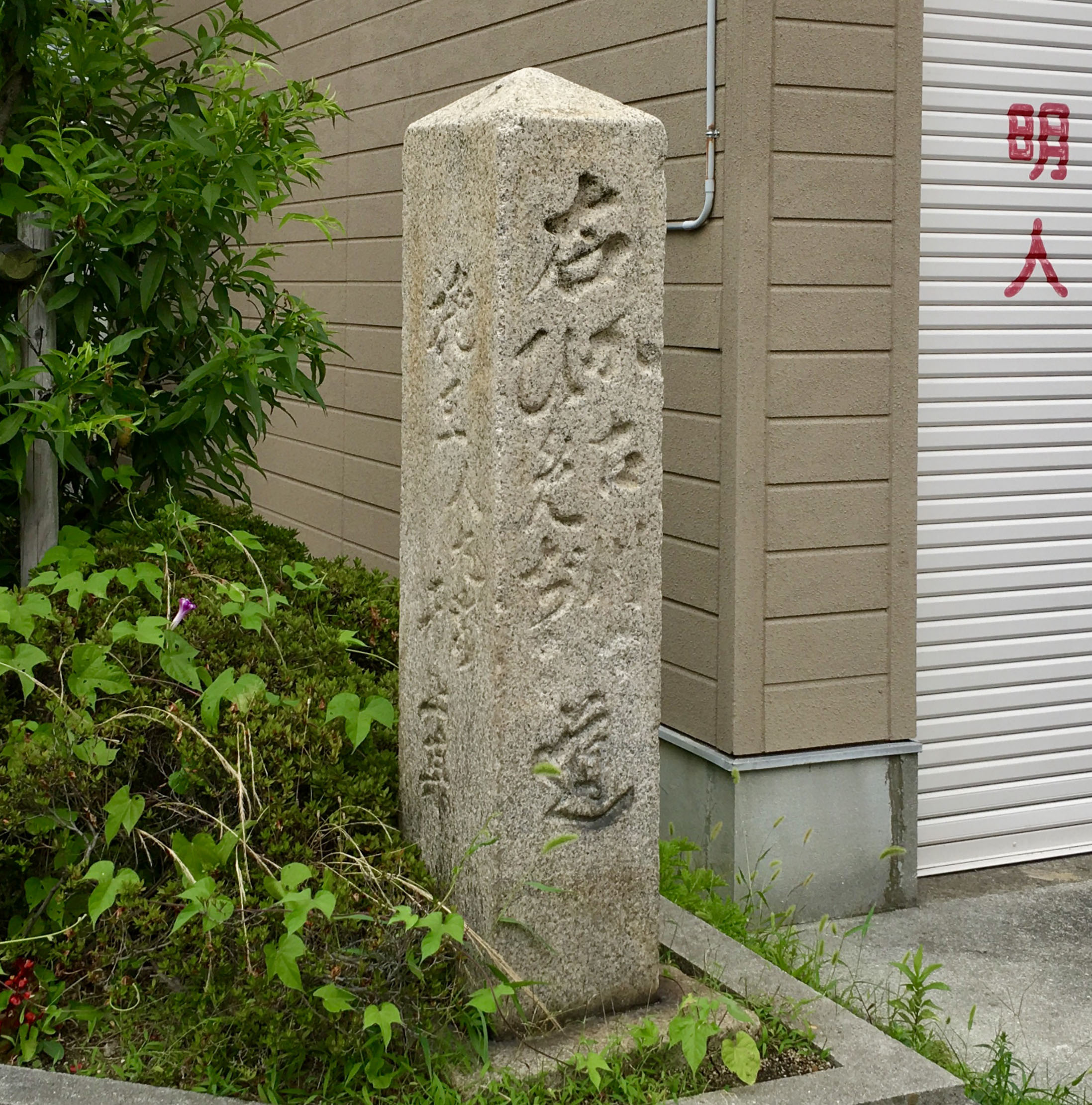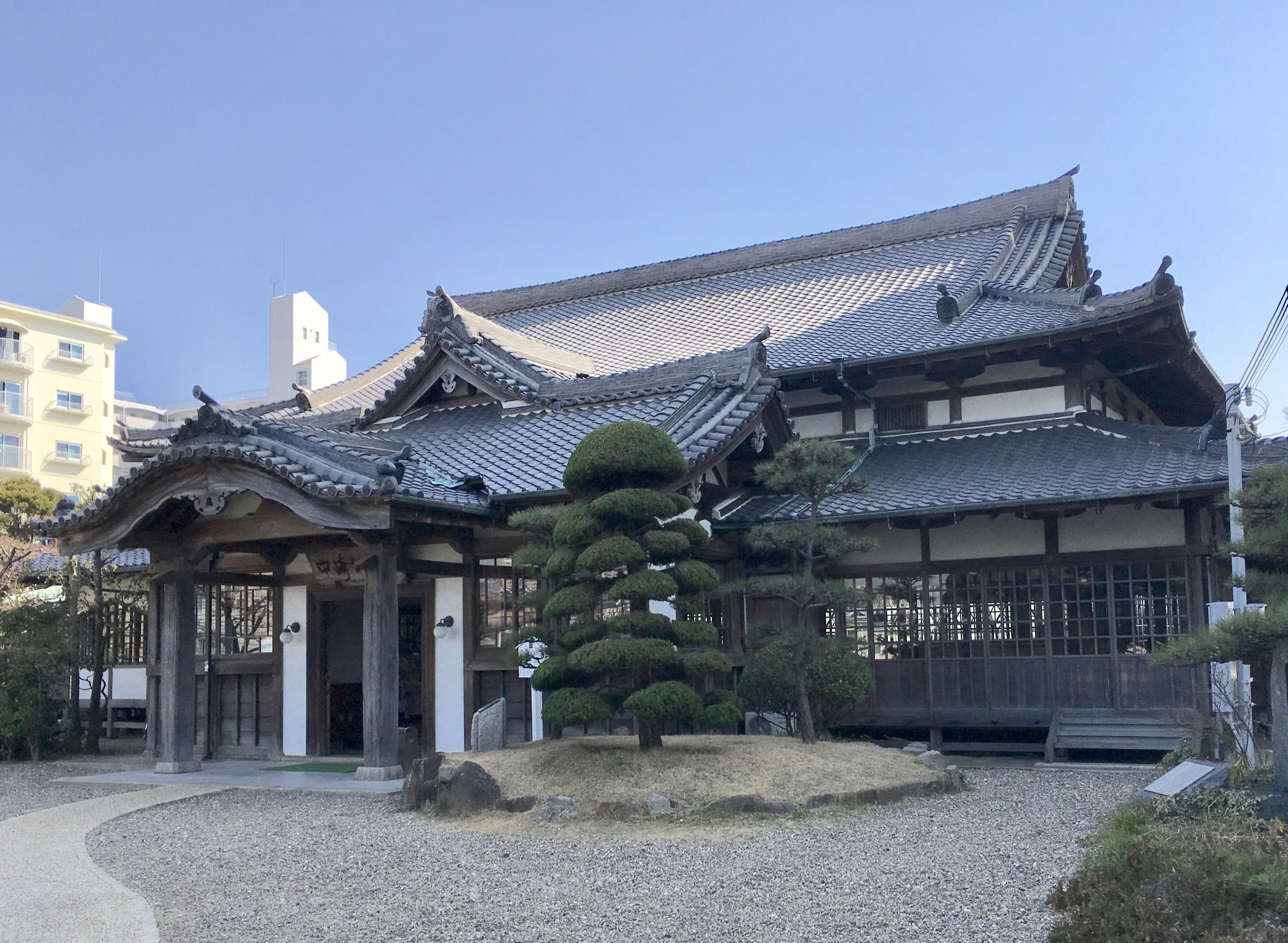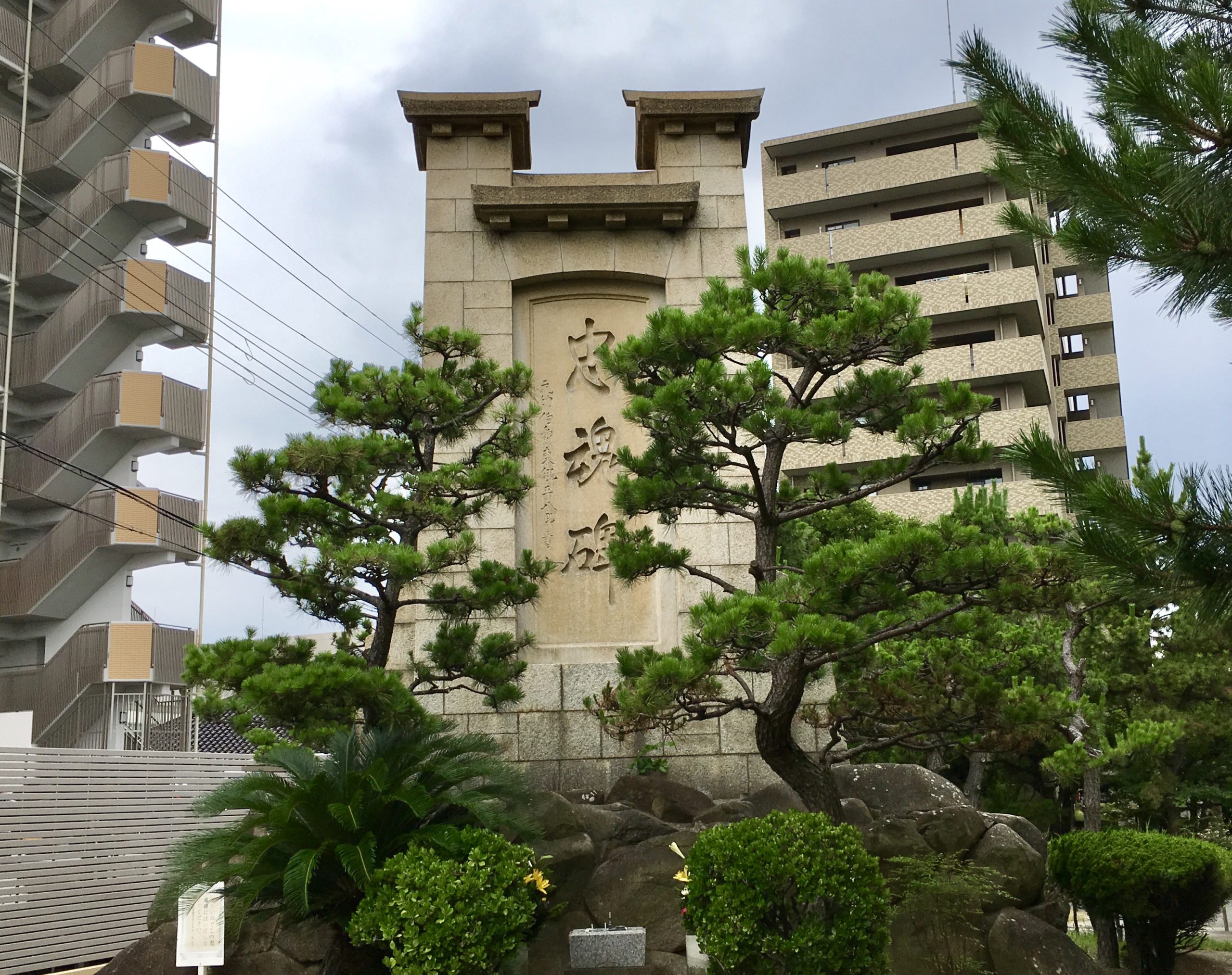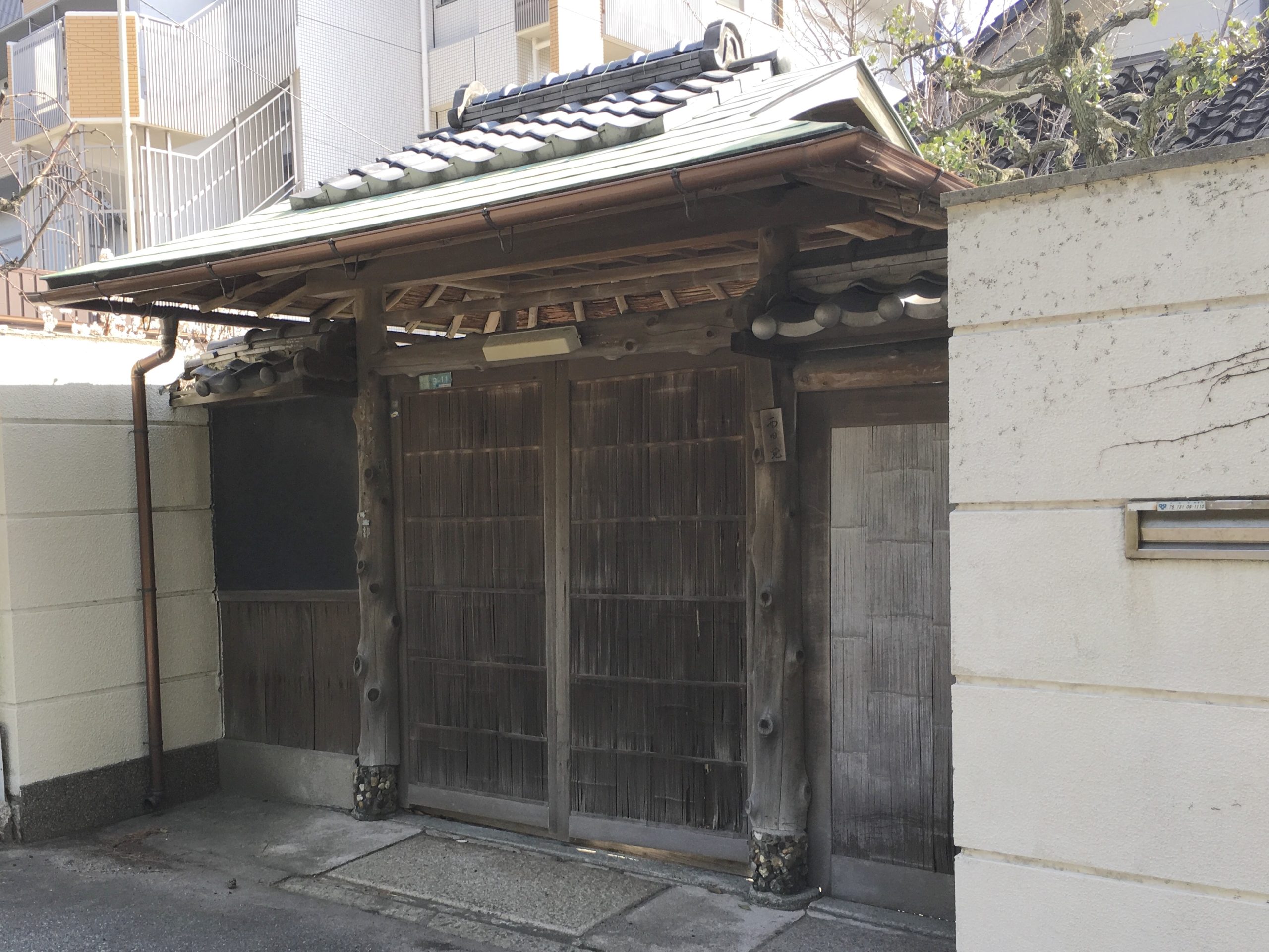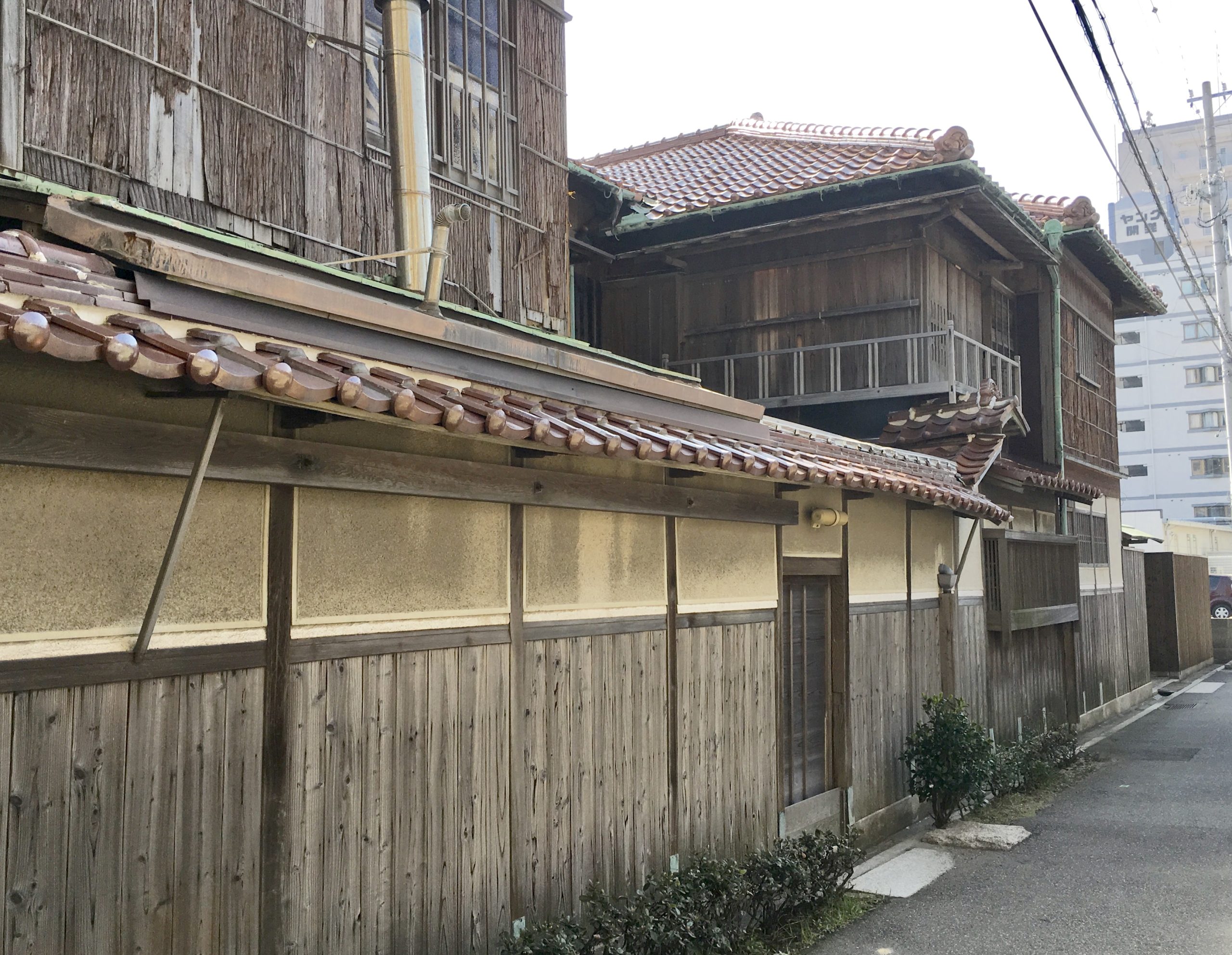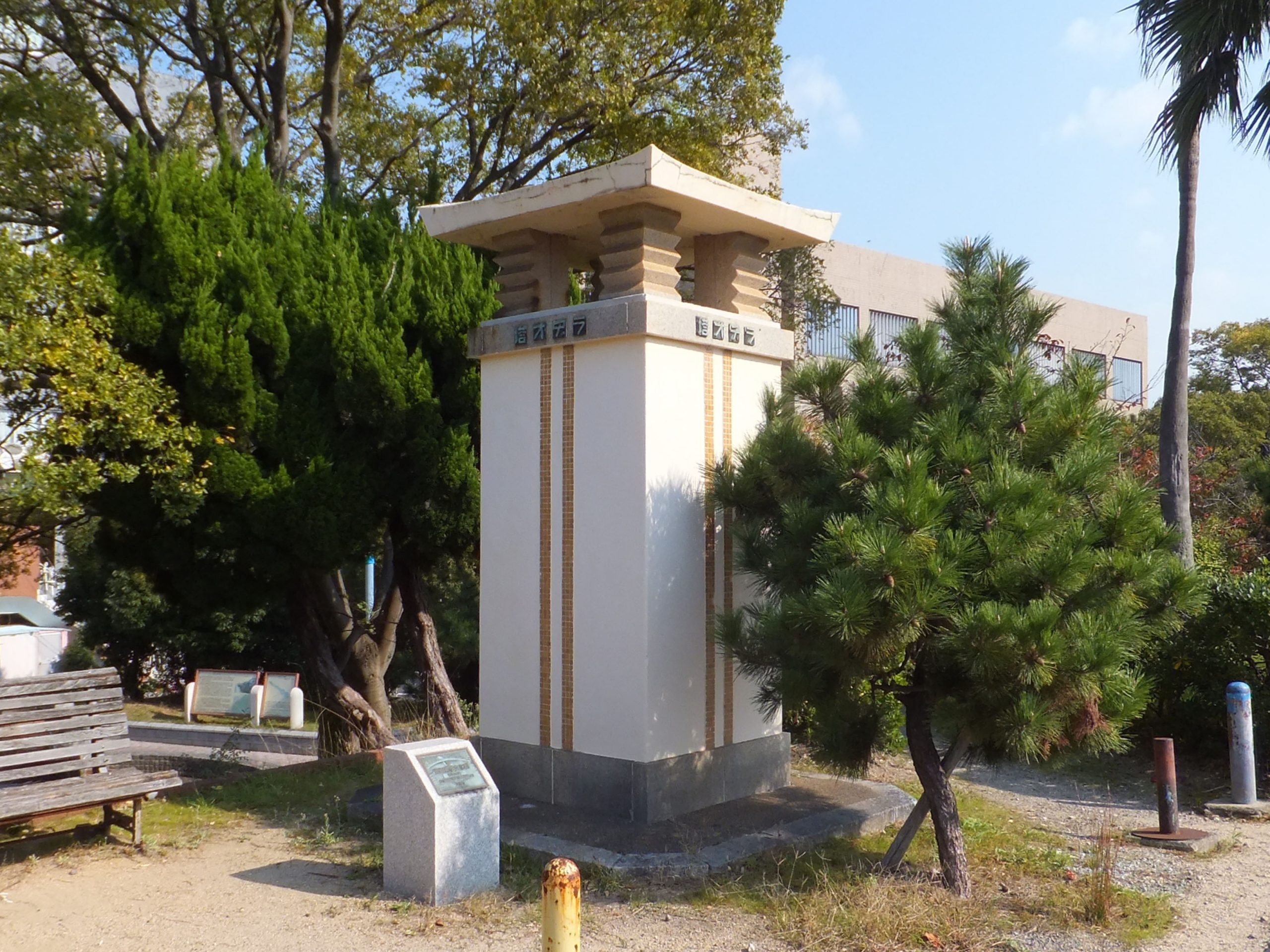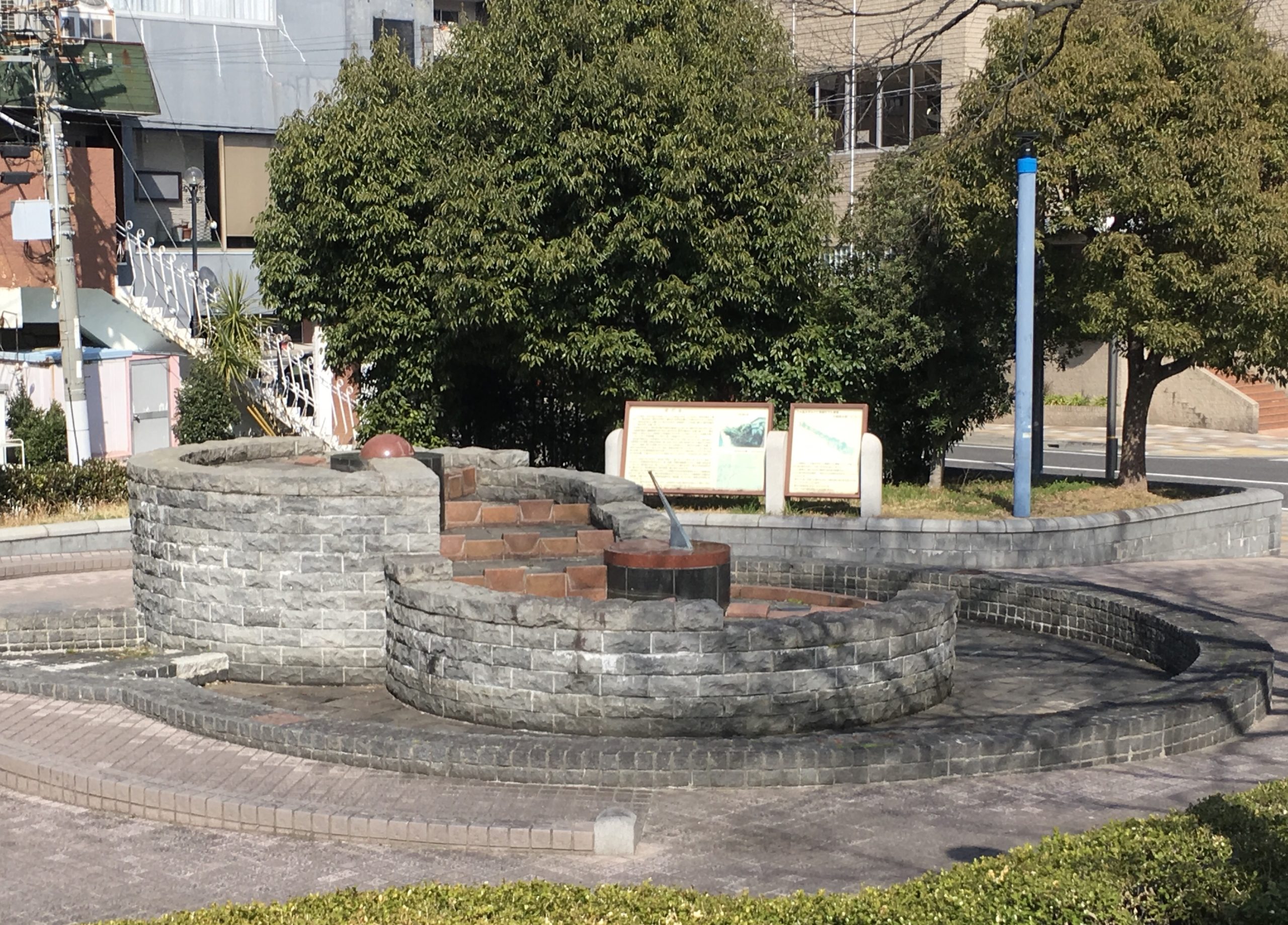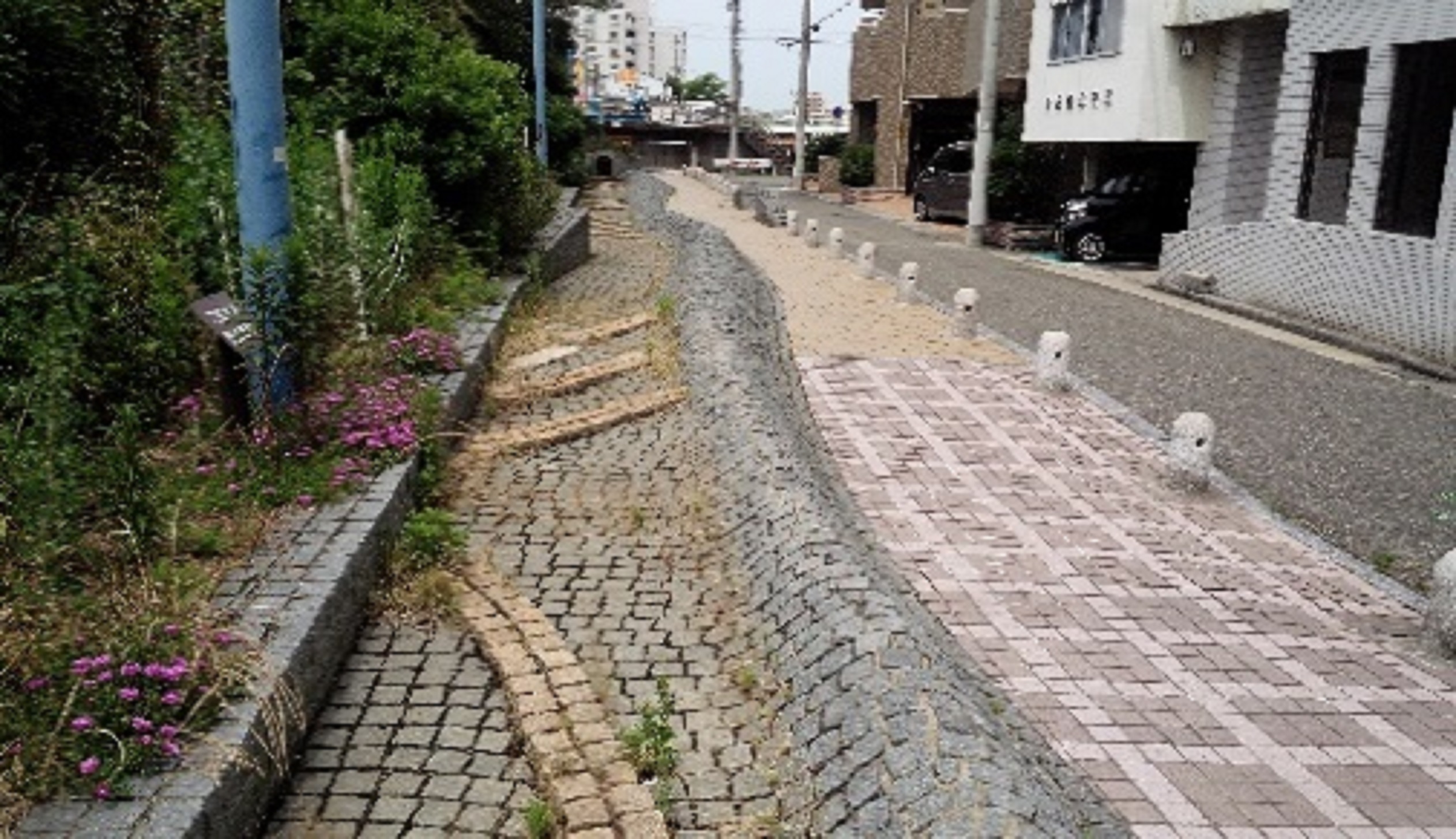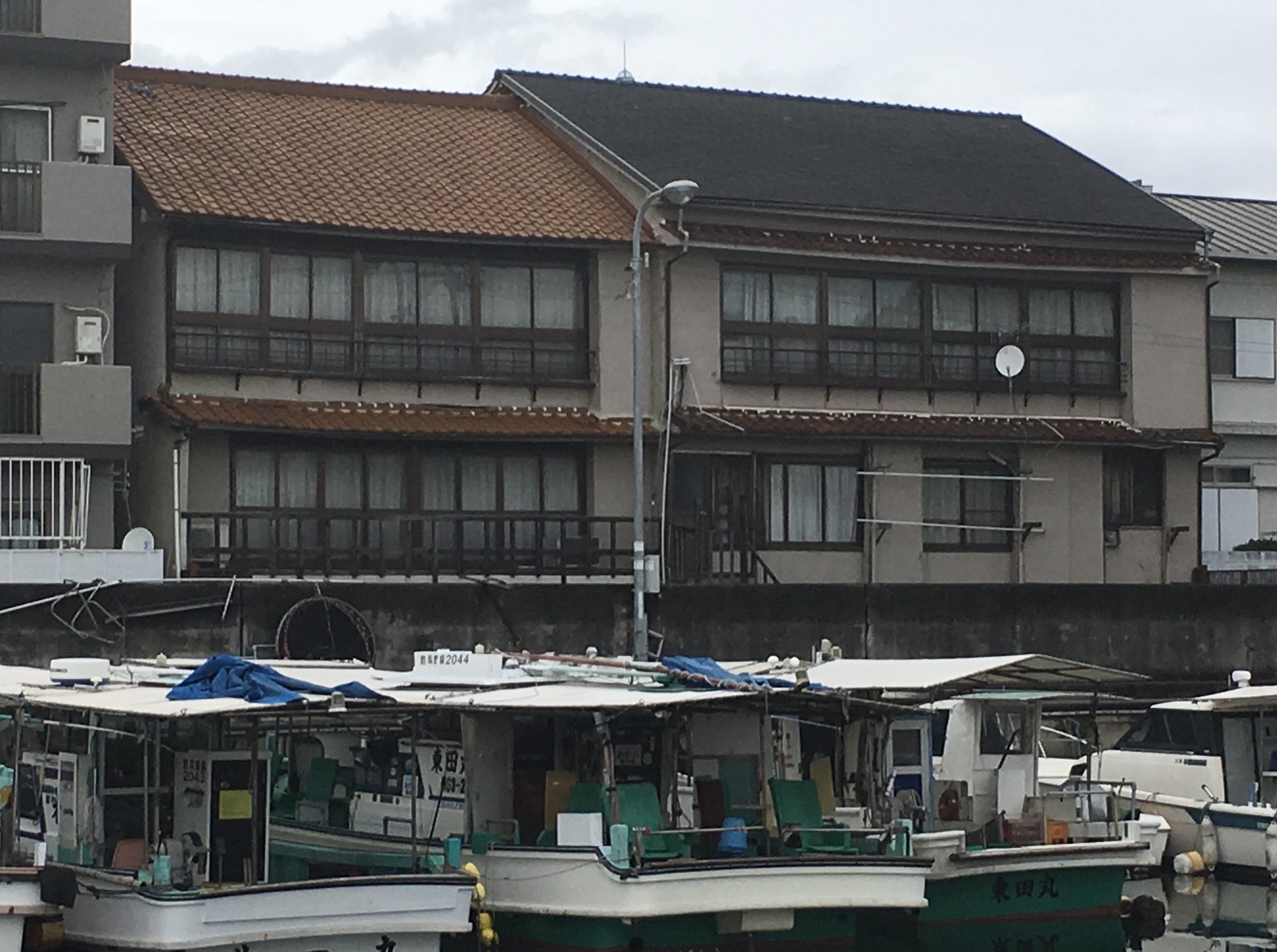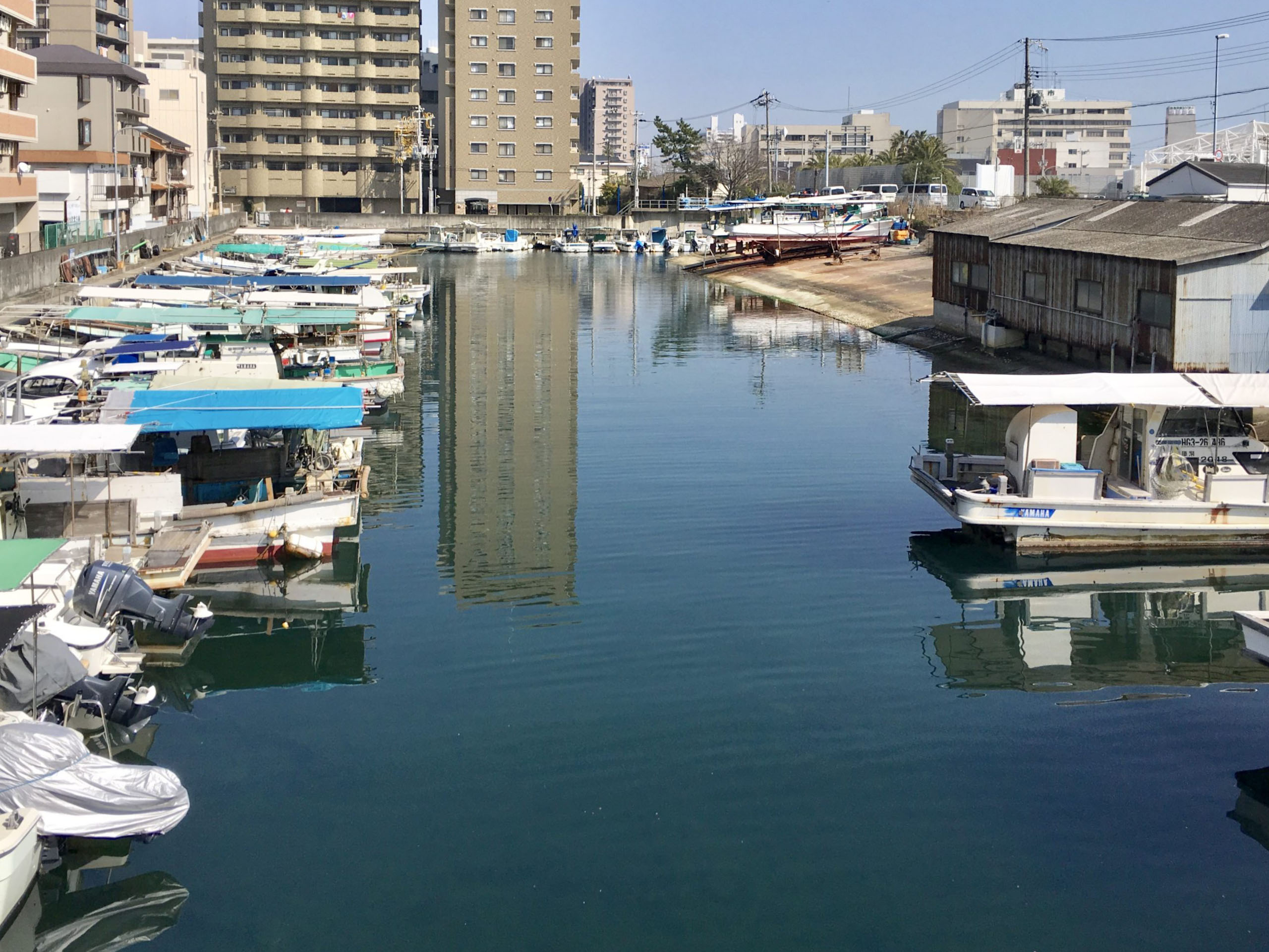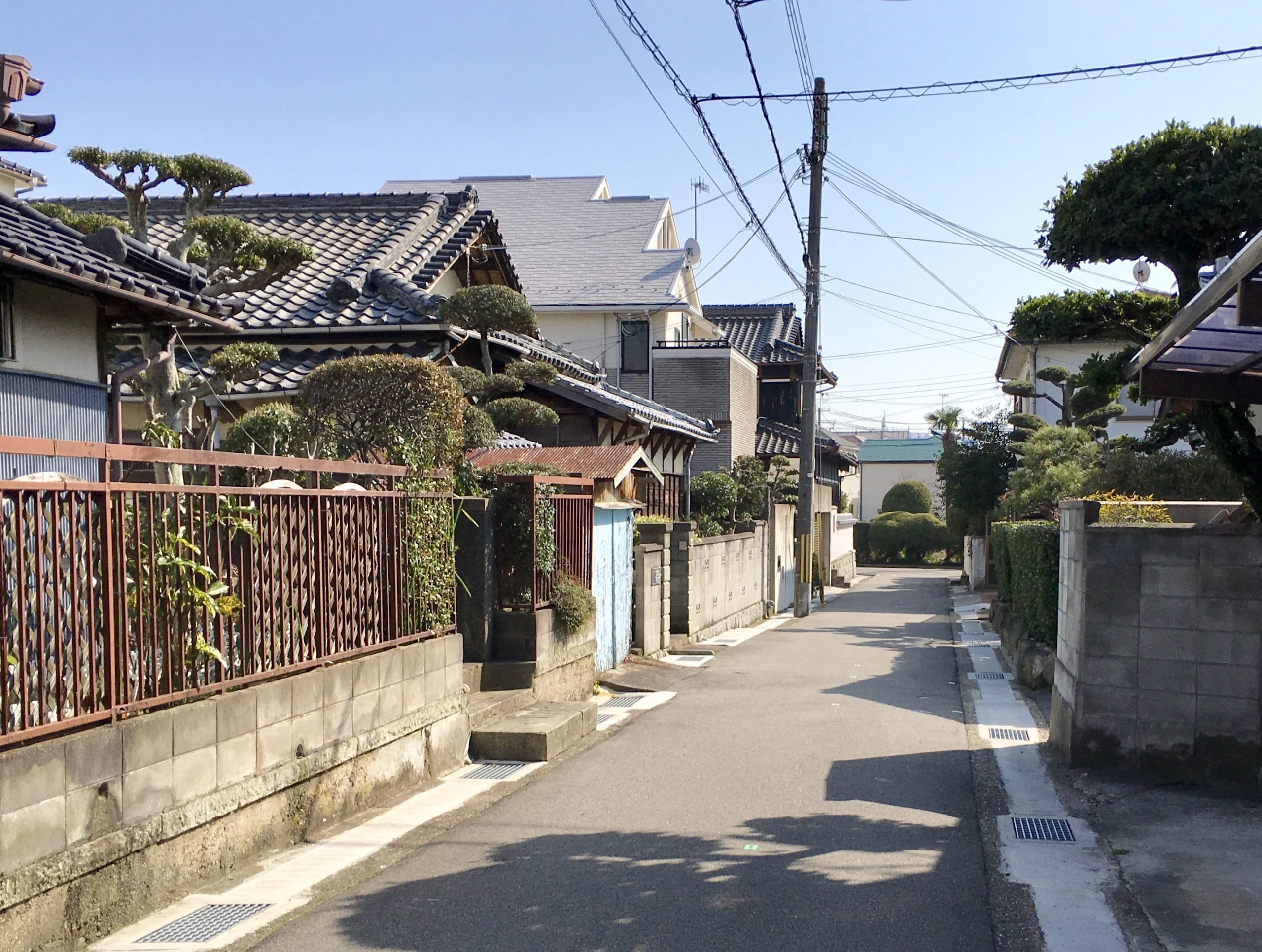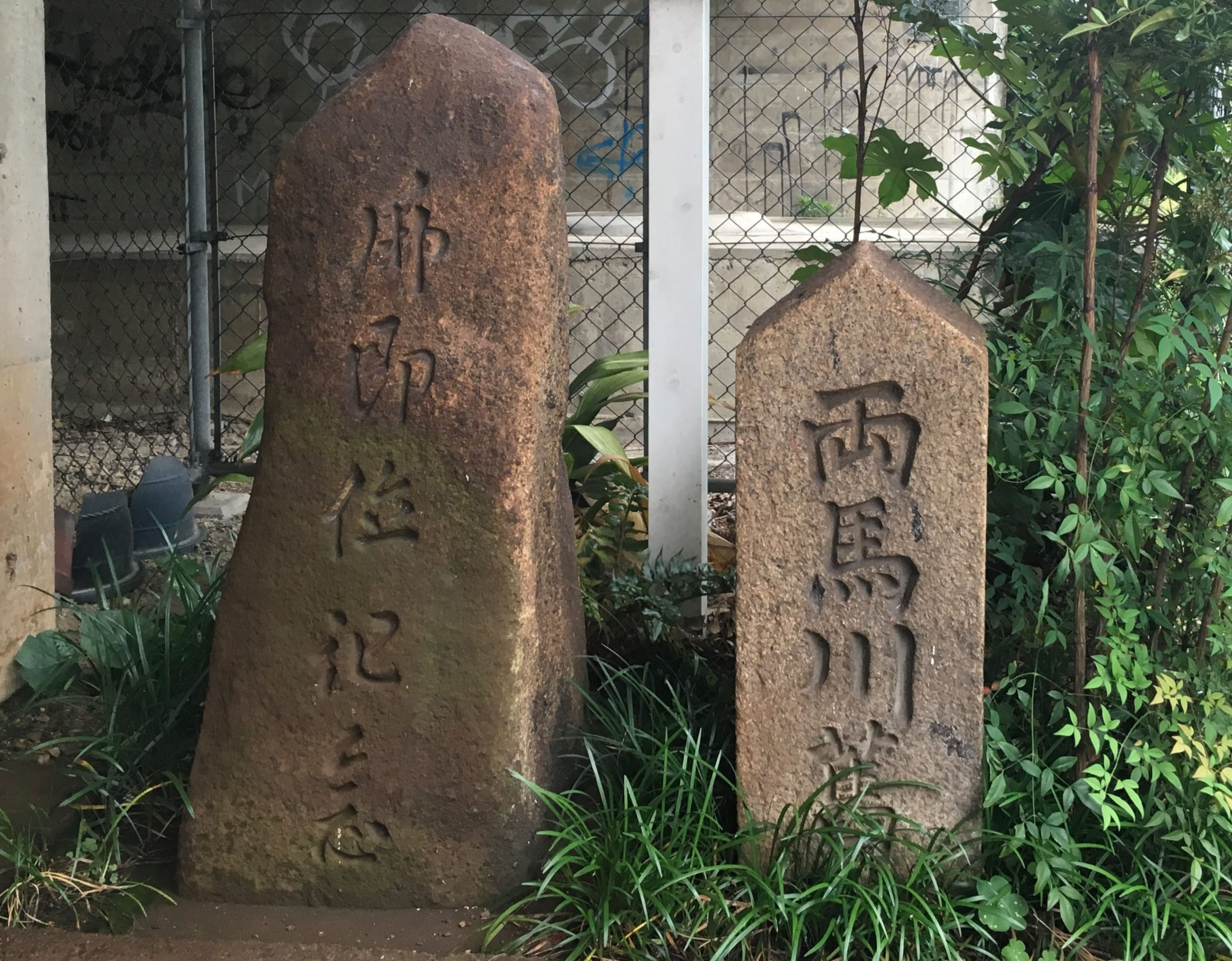【trivia01】the comparison between the south land and the north land
The land on the south side of the coastal terrace is low, but the north area is slightly elevated around Hitomaru. After medieval, at the south area the serving as a stage and the castle town, also developed into town serving as a stage and the castle town, also developed into government office area as well as the commercial area. While at the north area they couldn’t grow rice because of Seto Inland Sea Climate and plateau, but after early modern times they increased ponds and farm lands. Okuradani Village, O-Akashi Village and Nakanosho Village were located on the south land and Taidera at the north area was called Taidera of the section of Okuradani Village before the construction of Akashi Castle. Rich people in the south seemed to develop mainly the north area, because many people in Okura-cho have their farm land at Asagiri, Higashino-cho and Taidera. From the year of 1920 to 1940 it became fadaish that people who succeeded of business built their own house, so Uenomaru and Taidera became popular residential area because pf convenient places with easy access to public transportation and good view. In 1927, the first Land Readjustment Project in Akashi City began at Uenomaru and Taidera, and then the north land increased in value of housing site more and more.
